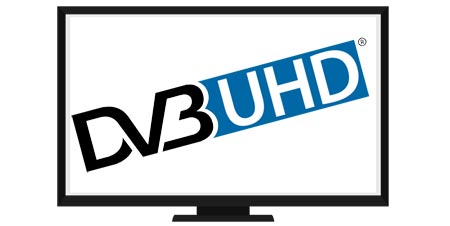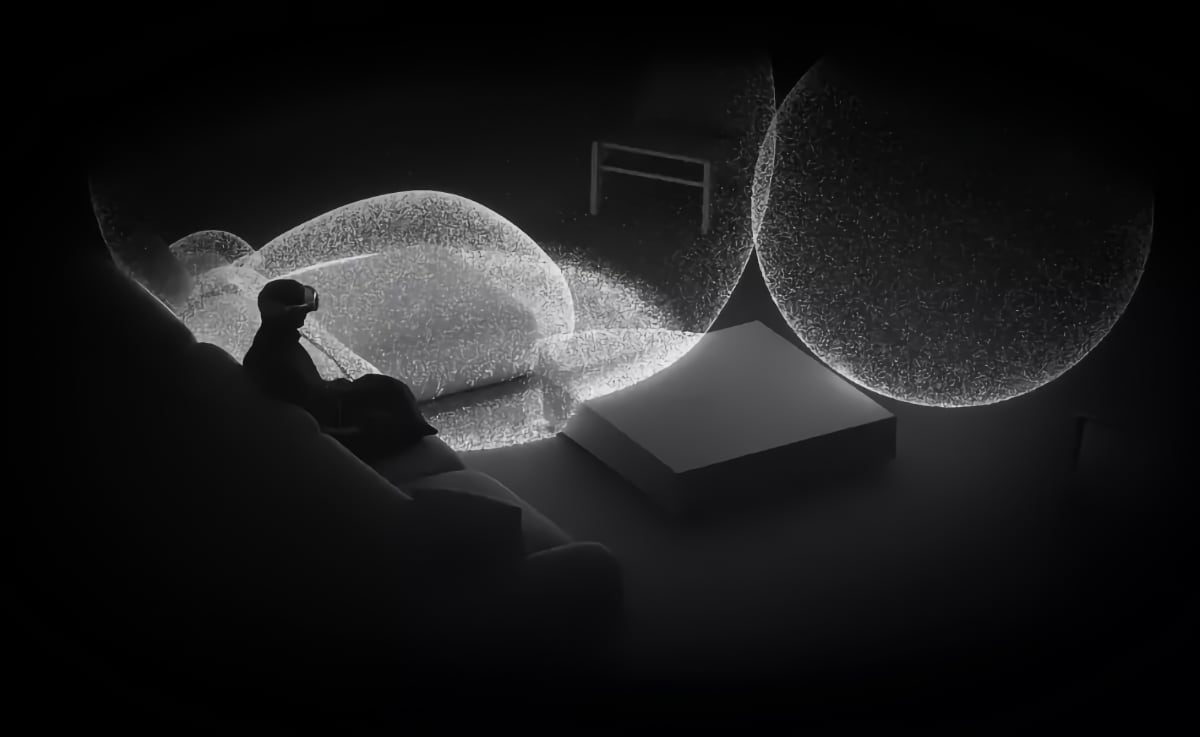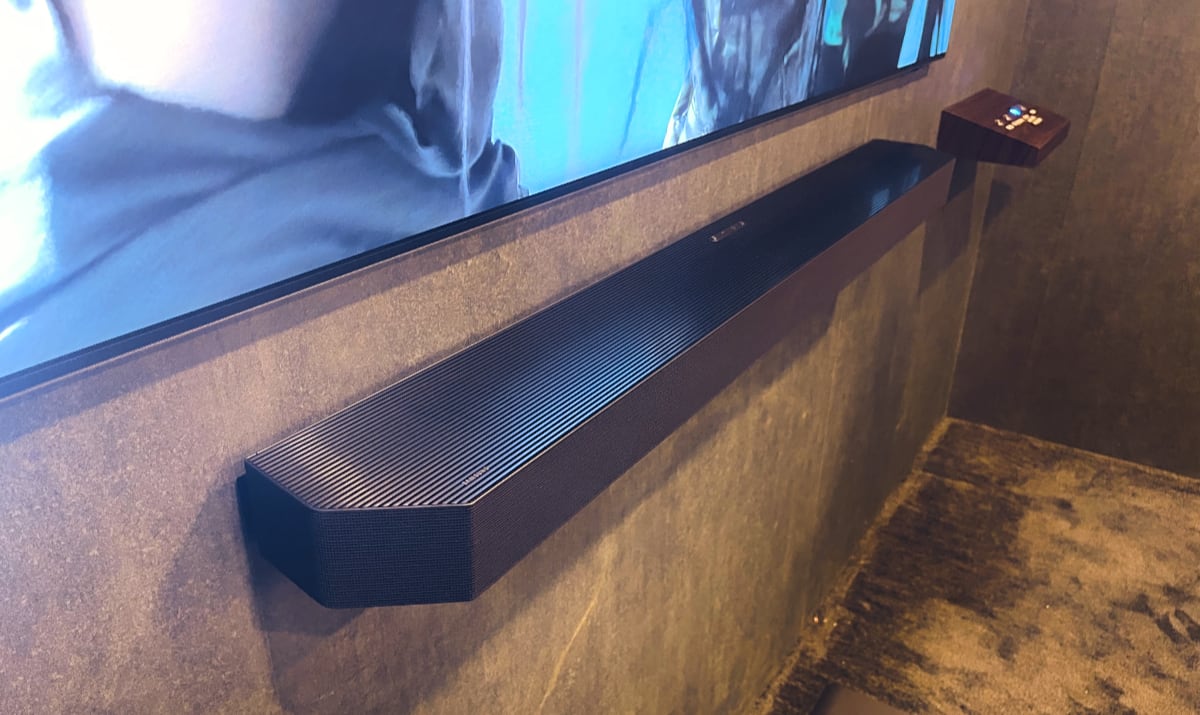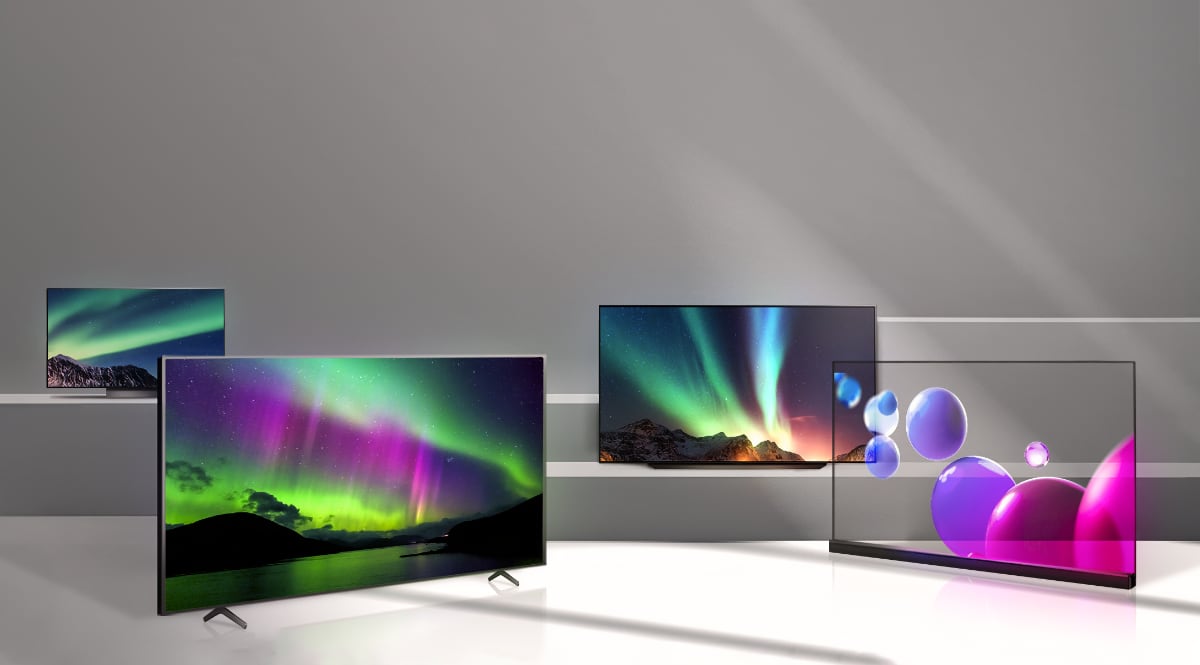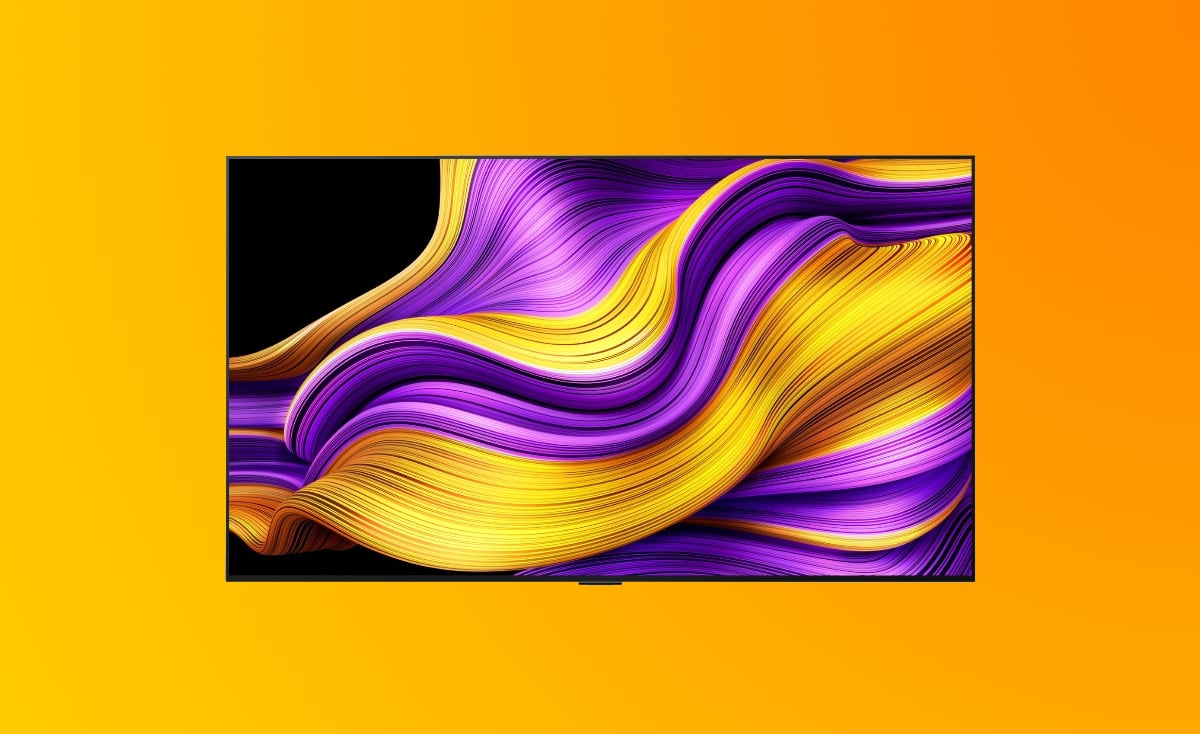The so-called ”DVB UHD-1 Phase 2”, which includes HDR, HFR, and better audio, has been formally approved by ETSI (European Telecommunications Standards Institute). This paves the way for broadcasters and manufacturers to embrace the new technologies.
Improved quality through broadcast
It is the DVB group that is responsible for development of tuners in Europe and other regions. They completed the specification in November 2016 and the standard (TS 101 154 V2.3.1) has now been formally approved by ETSI.
Broadcasters as well as manufacturers of TVs and set-top boxes can now start to implement the technologies, paving the way for higher-quality broadcast signals in Europe and other regions that use the DVB tuner standards.
The broadcast industry refers to the group of technologies as ”UHD-1 Phase 2”. Whereas phase 1 mostly revolved around 4K resolution, phase 2 covers HDR (High Dynamic Range), HFR (High Frame Rate) in up to 100/120 pictures per second, and NGA (Next Generation Audio), which could include a format such as Dolby Atmos. You can learn more here.
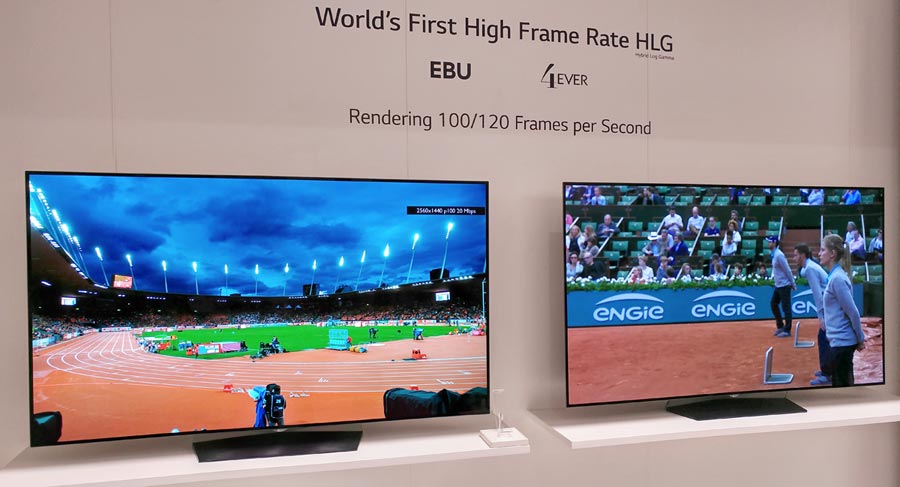
While HDR can help improve practically any type of content, HFR is initially aimed at sports. By reproducing sports in frame rates up to 120 frames per second broadcasters can ensure pristine picture quality with higher motion resolution, less blurring, and no stutter.
HDR can be delivered via either PQ or HLG. PQ is the technology that enables the HDR10 and Dolby Vision formats, whereas HLG is a format developed by the broadcast industry. All major TV manufacturers will support HLG in 2017 and most will also update 2016 and in some cases 2015 models.
The first TV channels based on the new DVB standard are expected to launch later this year.
The broadcast industry is already at work on the next phase, dubbed UHD-2, that includes 8K resolution and possibly a new, more effective compression format.
- Source: Advanced-Television

